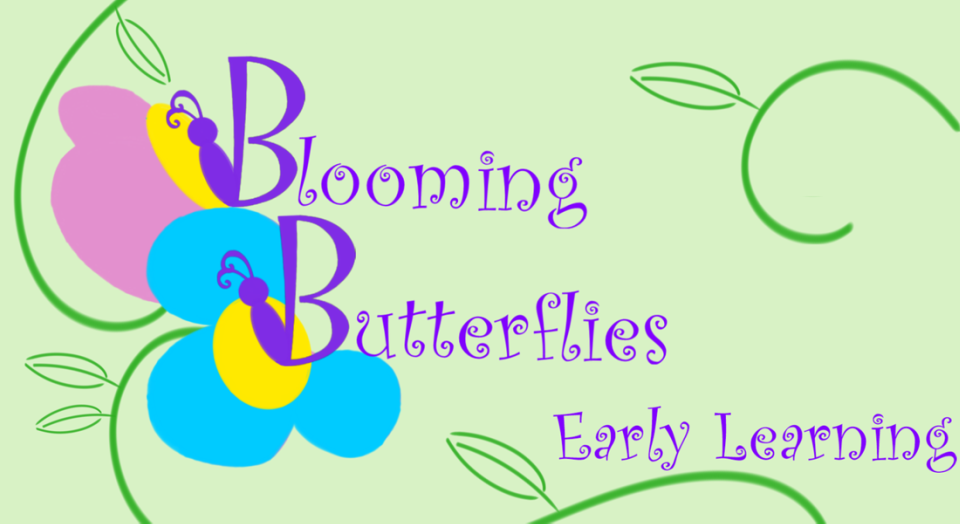This week was all about our feelings. We read stories, sang songs, played games and made crafts relating to this topic. We also talked about the things that make us happy, sad or angry, and appropriate ways to cope with these emotions. As the year goes on, this will continue to be a focus of us.
We practice identifying and matching emotion cards, mirrored emotions, made a pasta/button/sticks emotion face, made Happy/Sad emotion sticks that we later used in a game. This game was a Red Light Green Light type emotion game where when they said green light everyone walked towards them, then when they held up a happy face everyone had to jump and cheer, and when they held up the sad face everyone dropped to the ground and made a sad face. We also made a blow painting of the Pout Pout Fish from the story Pout Pout Fish by Deborah Diesen, and made a feeling monster where they represented an emotion of their choice and practiced where on the body certain parts belong as they placed their monster’s arms and legs.
Some of the books we enjoyed as a group, relating and not relating to our theme, this past week were:
- Pout Pout Fish by Deborah Diesen
- I was so mad by Mercer Meyer
- Feelings Book by Todd Parr
- I’m not scared book by Todd Parr
- There was an old lady who swallowed a fly by Pam AdamsOur letters this week were F and E. We practiced building these letters in multiple ways including with beans, with tissue paper, crayons, and Math Man pieces (Big Line and Little Line). we also sang the song “Where do you start your letters?” from the Handwriting Without Tears program. Even if we’re not writing, I still emphasize building them starting at the top. Why do we start at the top? When all capitol letters start at the top in English we read and write from left to right and top to bottom, and this way there is not confusion about where to start writing.
*It is common that children may not remember the letters we are learning each week, but will as they are more and more exposed to them. This is why we do more than one letter a week, and informally make reference to letters throughout the day.
We have been having quite a bit of fun singing and creating actions to nursery rhymes. Nursery Rhymes are important to early speech, language and cognitive development. For example; discriminating sounds, enunciating words clearly, listening comprehension, memorizing through patterns, inferencing, identifying phonics, increase vocabulary, and the list goes on. Some of the nursery rhymes we sang this week include:
- The Wheels on the Bus
- Row Row Row Your Boat
- B.I.N.G.O.
- If you’re happy and you know it
- The Muffin ManWe also did some colour mixing and sponge painting with letters this week.


 RSS Feed
RSS Feed